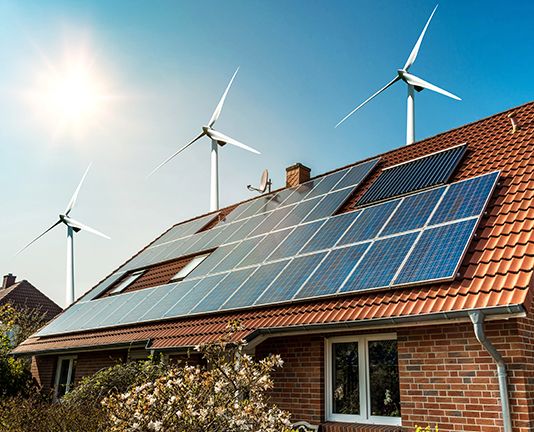The emphasis right now is on assuring greater output from fossil fuel-based power plants while also establishing new renewable energy projects, as the demand for energy is predicted to increase over the next ten years. This entails managing the energy transition by shutting down fossil fuel plants while making sure there is a sufficient supply of electricity. “India needs to keep up the pace in order to achieve its goal of having 500 GW of non-fossil energy capacity by 2030. According to Shradhey Prasad, Project Manager, Global Wind Power Tracker, India has the potential to install more than 140 GW of solar and wind power capacity by 2025, saving $19 billion a year in coal fuel expenditures.
Although coal plant environmental issues are concerning, the falling cost of renewable energy should be viewed as a positive to reduce reliance on coal. The Environment Ministry established strict emission rules for coal plants in 2015, but the compliance date has been repeatedly postponed. It is time for the nation to put into action a daring no-new-coal strategy to guarantee that its energy and economic development plans adhere to its net zero pledges.
By 2025, India intends to add 76 GW of utility-scale wind and solar energy, which might result in savings of up to $19.5 billion. As a result, 78 million tonnes of coal will be used less frequently each year. If green measures are implemented as planned, annual savings could climb much further. By 2030, India intends to build 420 GW more wind and solar capacity, resulting in annual savings from avoiding coal power of more than $58 billion and cumulative savings of $368 billion.

